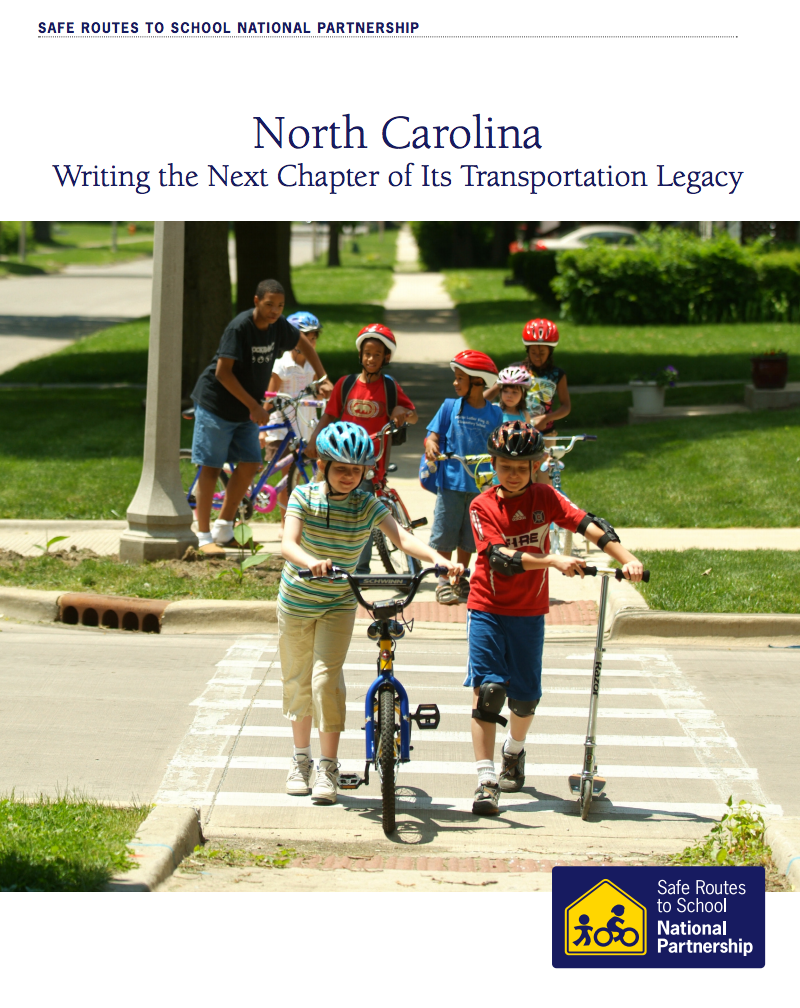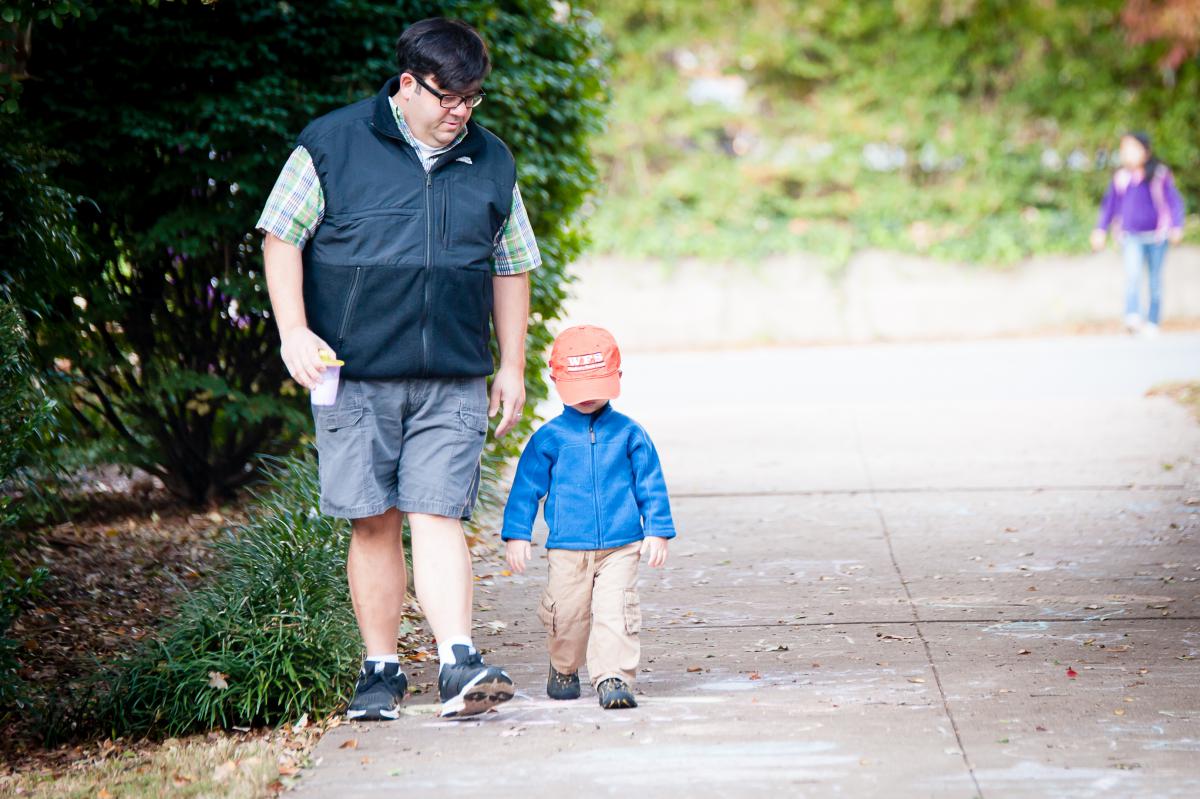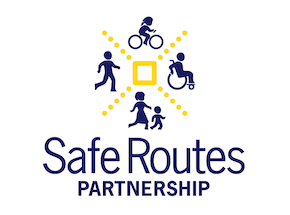 This week, the Safe Routes Partnership published a new report, “North Carolina: Writing the Next Chapter of Its Transportation Legacy." The report is being released as the newest NC General Assembly convenes in R
This week, the Safe Routes Partnership published a new report, “North Carolina: Writing the Next Chapter of Its Transportation Legacy." The report is being released as the newest NC General Assembly convenes in R
Resource Library
Using California as a “meta case,” this research report establishes an empirical understanding of the full range of joint use and how specific strategies fit into a larger picture of more efficiently and appropriately utilizing public school spaces for educational and community purposes.
The Safe Routes Partnership is pleased to support the For Every Kid Coalition in the Pacific Northwest region. For Every Kid is a growing coalition calling for Safe Routes to School for every kid in the Metro-area; vocal support from cities and school districts is an outcome of key partners coming together to promote the benefits and work with communities and we have been an active part of the leadership of this effort.
Local leaders agree: creating safe options to walk, bike, or ride the bus to school is critical to improving the health of kids.
 If you have been following our federal transportation updates for a while, this update may sound a bit like Groundhog’s Day. Yet again, Congress has voted to extend the MAP-21 transportation law and yet again, lack of funding is the culprit.
If you have been following our federal transportation updates for a while, this update may sound a bit like Groundhog’s Day. Yet again, Congress has voted to extend the MAP-21 transportation law and yet again, lack of funding is the culprit.
This report summarizes discussion and findings from the 2005 National Summit on School Design.
 This summer has been a busy one for transportation. In addition to the late June committee consideration of the DRIVE Act, both the House and Senate are moving forward on transportation.
This summer has been a busy one for transportation. In addition to the late June committee consideration of the DRIVE Act, both the House and Senate are moving forward on transportation.
This website describes the initiatives of the Rural School and Community Trust, which is a national nonprofit working toward high-quality place-based education in rural settings through school and community connections.
While members of Congress have been back in their districts meeting with constituents, House transportation committee staff has been huddled in Washington working on a transportation bill. You may recall that in July, the Senate completed action on its version of the transportation bill but the House instead pushed to extend current transportation law a few more months.
This summary document, drawn from a national dialogue among leaders in health andpublic education, with accompanying research, answers this question in the affirmative.
Bayard Rustin, the orchestrator behind the scenes of what we hail today as the civil rights movement, once said, “We need in every bay and community a group of angelic troublemakers.” Today, I bore witness to one of those angelic troublemakers by the name of Olatunji (Oboi) Reed, Co-Founder of Slow Roll Chicago, as he was recognized by the U.S. Department of Transportation as a 2015 White House Transportation Champion of Change.
This guide is designed to help schools respond the the special nutrition concerns of low-income students in their wellness policies, including through increasing physical activity and recreational opportunities.

To increase physical activity opportunities available through schools over the long term, we need to put it in writing – through policy.
This paper explores the connection between home values andwalkability, as measured by the Walk Score algorithm.
The Alliance for Biking and Walking recently released its 2016 Benchmarking Report, a biennial update on walking and biking across the United States intended to promote access to data, measure progress, support policy and advocacy efforts, and connect to health initiatives. More than half of member organizations in the Alliance for Biking and Walking are involved in Safe Routes to School efforts.
While we could only give one Hubsmith award, we were impressed by all of the dedicated individuals who were nominated for an award. We’ll be profiling each of the nominees over the next few months and look forward to lifting up great work from all around the country.
After the wrap-up of the 2016 Safe Routes to School Conference in Columbus, OH, we’ve been getting a lot of inquiries about when the next conference will take place. Thanks again to the Mid-Ohio Regional Planning Commission for hosting an informative, inspiring, and fun gathering that has generated even more interest and excitement around bringing together advocates and practitioners from across the country for information-sharing and networking.
Measuring Sprawl 2014 examines how some places in the United States are sprawling out and some places are building in compact, connected ways.
 Hi Safe Routes advocates! My name is Kelechi Uzochukwu, and as administrative associate for the Safe Routes Partnership, one of my responsibilities is to provide useful and up-to-date studies and publications related to the Safe Routes to School movement.
Hi Safe Routes advocates! My name is Kelechi Uzochukwu, and as administrative associate for the Safe Routes Partnership, one of my responsibilities is to provide useful and up-to-date studies and publications related to the Safe Routes to School movement.
 Welcome to the News and Events blog! My name is Brooke Driesse, and I’m the communications manager for the Safe Routes Partnership. I’ve been with the Safe Routes Partnership for four and half years now. It is hard to believe it has been that long, and that the organization has grown from three staff in 2007 to 22 staff today – what a ride!
Welcome to the News and Events blog! My name is Brooke Driesse, and I’m the communications manager for the Safe Routes Partnership. I’ve been with the Safe Routes Partnership for four and half years now. It is hard to believe it has been that long, and that the organization has grown from three staff in 2007 to 22 staff today – what a ride!

